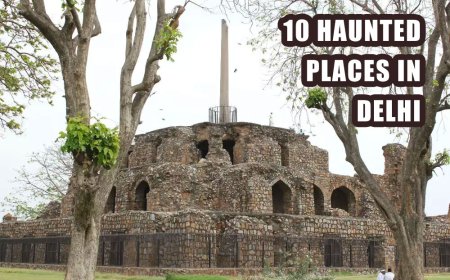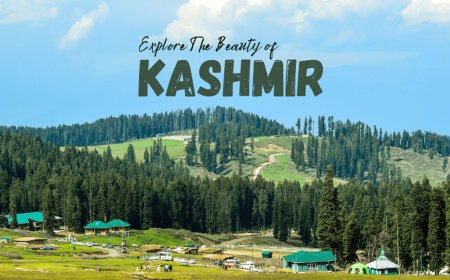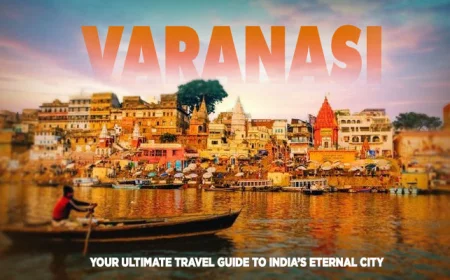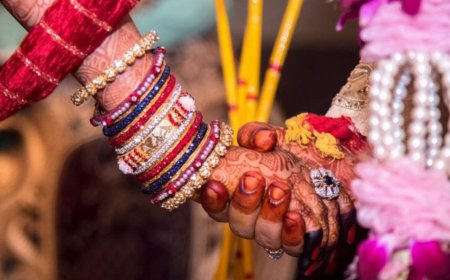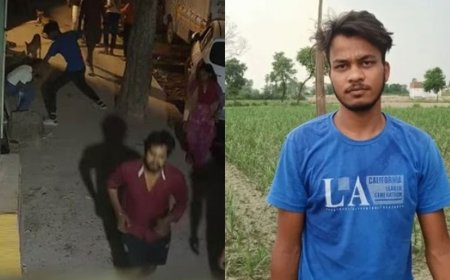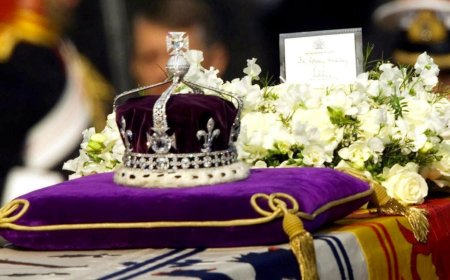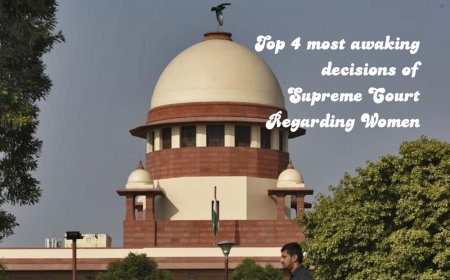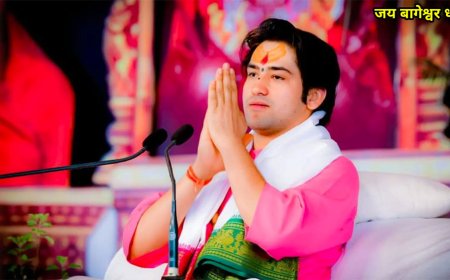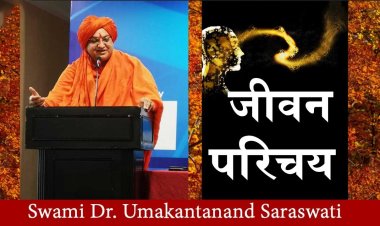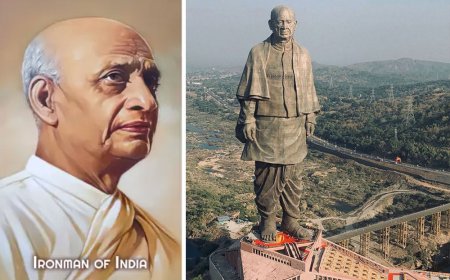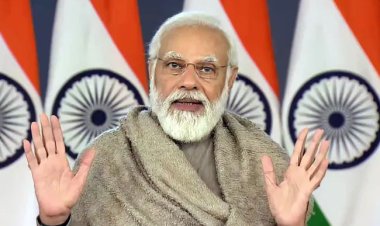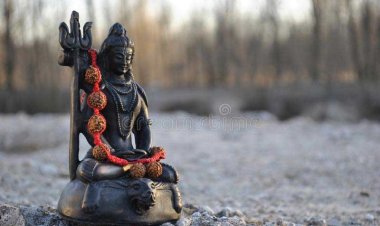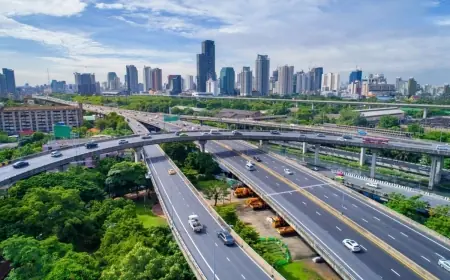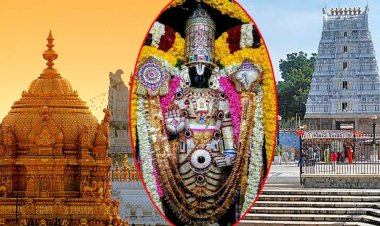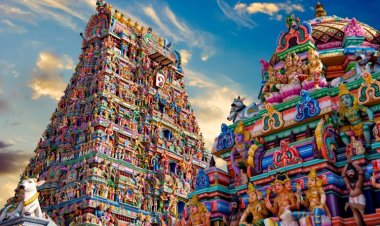A Journey Through India's Jyotirlingas: Divinity Destinations and their Significance
India is a land of advanced spiritual practices, and therefore the most famous place is Jyotirlingas. There are twelve sacred temples of Lord Shiva, and each one of them is believed to hold divine energy because each of the Jyotirlinga seems to have legends, cultural importance, and spiritual powers unique to it

India is a land of advanced spiritual practices, and therefore the most famous place is Jyotirlingas. There are twelve sacred temples of Lord Shiva, and each one of them is believed to hold divine energy because each of the Jyotirlinga seems to have legends, cultural importance, and spiritual powers unique to it. Devotees and pilgrims come from all parts of the country to visit these Jyotirlingas seeking the blessings of Lord Shiva, spiritual peace, and the grace of his association.
The word Jyotirlinga is a combination of two words: "Jyoti," which means light, and "linga," a symbol of Shiva. According to the Hindu beliefs, a Jyotirlinga is not only a stone but an actual incarnation of Lord Shiva, which will appear to a person seeking him in pure devotion as a column of light. Here is an elaborate view of twelve Jyotirlingas present in India, their mythology (manyata), and the spiritual experiences they create.
1. Somnath Jyotirlinga - Gujarat
The Somnath temple of Gujarat is said to be the very first of the Jyotirlingas. There is a legend that said the moon god, Chandra, was cursed by his father-in-law, Daksha, to lose all his glow. Chandra regained his luster at this site by worshipping Lord Shiva. Since he was pleased with Chandra's devotion, Shiva restored his glow partially. The term Somnath means the "Lord of the Moon," and the manyata of the temple is rejuvenation and healing.

2. Mallikarjuna Jyotirlinga, Andhra Pradesh
The Mallikarjuna temple is yet another of the revered Jyotirlingas, on the Shri Shaila Mountain in Andhra Pradesh. This temple is remembered to this day for the divine love of Shiva and his consort Parvati. According to legend, both followed Kartikeya to Kraunch Mountain after an argument and became manifested here as Mallikarjuna and Bhramaramba. People say that visiting this Jyotirlinga frees from the cycle of rebirth.

3. Mahakaleshwar Jyotirlinga, Madhya Pradesh
In every point, Mahakaleshwar, Ujjain varies from other Jyotirlingas as it's the only one facing South and is thus very different in itself. In Hindu belief system, death is in South direction, and thus with time and destruction both incarnations of Lord Shiva, Mahakaleshwar is associated. Now following the mythological story Shiva defeated Dushana this demon here to protect devotees. It is supposed that Mahakaleshwar Jyotirling can fulfill the wishes of all devotees and over fears of death.

4. Omkareshwar Jyotirlinga - Madhya Pradesh
Omkareshwar is the place located on the peaceful island of Mandhata on the Narmada River, and it is associated with the sound of "Om," which is the sacred syllable of the universe. Two forms of Shiva exist on the site: Omkareshwar and Amaleshwar. The manyata of the temple is associated with the story of Vindhya, a mountain that worshipped Shiva to become more powerful, and Shiva manifests himself as Omkareshwar. According to devotees, this Jyotirlinga represents the supreme power and unity of Shiva.

5. Kedarnath Jyotirlinga - Uttarakhand
Kedarnath is one of the highest and most sacred Jyotirlingas, located in the Himalayas. The story behind this temple is associated with the Pandavas who wanted to purify their sins by meeting Lord Shiva. Shiva, however, managed to escape them by turning into a bull. The Pandavas could identify him, however. Manyata of Kedarnath is based on the fact that worshipping here would give moksha and huge blessings.

6. Bhimashankar Jyotirlinga - Maharashtra
Bhimashankar is situated deep inside the dense forests of the Sahyadri range. The temple is attributed to the demon Tripurasura whom Shiva had slain to save humanity. It is said that this is the fierce, protective avatar of Lord Shiva. According to legend, his perspiration was transformed into the Bhima River, which runs parallel to the temple. Bhimashankar is believed to be a cleansing centre for the soul and a source of inner power.

7. Kashi Vishwanath Jyotirlinga - Uttar Pradesh
This shrine is situated at Varanasi, or the Jyotirlingas and is normally referred to as the "City of Light." It is believed that it is here that God Ruler himself resides. When a person dies at manyata of Kashi Vishwanath, and in the blessings taken from this Jyotirlinga he/she will save him from the world cycle of birth and death. Millions get salvation or get spiritually awakened by visiting this temple.

8. Trimbakeshwar Jyotirlinga - Maharashtra
Trimbakeshwar is near Nashik and is believed to be the source of the holy river Godavari. A myth has it that sage Gautama had done worships to Lord Shiva to bring Ganges on earth; hence, the Godavari River was born. Therefore, this temple is essential to those seeking spiritual purity, free from the bondage of sin.

9. Vaidyanath Jyotirlinga - Jharkhand
Vaidyanath is also another name for this Shiva shrine in Jharkhand, and it is believed to be of healing and reformation. The demon king Ravana according to beliefs did heavy penance unto please Lord Shiva so that he may get immense powers; thus, praying to Shiva here can cure any ailment, besides bringing healthiness and prosperity.

10. Nageshwar Jyotirlinga - Gujarat
Nageshwar Jyotirlinga is said to be a place that protects from all kinds of poison and poison. Here, one of the very famous stories is that of Supriya who was kidnapped by a demon called Daruka. Supriya prayed to Shiva, and the Lord arrived and defeated Daruka by establishing himself as Nageshwar. This Jyotirlinga is supposed to be a protector of evil forces.

11. Rameshwaram Jyotirlingam, Tamil Nadu
This Jyotirlinga is said to be located on Rameshwaram island and is closely associated with Lord Rama. It is said he had done penance here for atoning for the killing of Ravana. Rameshwar is unique because it falls in both Vaishnavite and Shaivite traditions. The bath of water from this temple and God-worshipping is believed to cleanse a person of all his sins.

12. Grishneshwar Jyotirlinga - Maharashtra
It is said to be the last and the smallest Jyotirlinga, situated near the Ellora Caves. Such strong worship of Lord Shiva by a devotee Kusuma that he became Grishneshwar. Manyata of this Jyotirlinga is connected with the notion of unshakeable faith and the strength of real devotion.

Spiritual Significance of the Jyotirlingas
Each Jyotirlinga is considered a dwelling of power and energy, which, in the words of Lord Shiva, is an abode of healing, liberation, protection, and destruction of the world. Travelling to these Jyotirlingas is considered a great religious merit; the journey cleanses and spiritualizes the journeying devotees in relation to material desires. Altogether, the Jyotirlingas symbolize the omnipresence of Lord Shiva all over India-from the icy heights of the Himalayas to the tropical shores of Tamil Nadu. In fact, each of the Jyotirlingas reminds the devotee of the eternal form of Shiva, always available to any individual who searches for him with a pure heart and spirit.
In Conclusion, The journey towards the Jyotirlingas is a pilgrimage that takes one into the core of India's spiritual heritage. The myths and power of each one of these temples make us go back into our journey about life. As we continue our journey from one Jyotirlinga to another, we feel and experience the timeless wisdom, strength, and compassion from Lord Shiva and discover the divine light guiding us inside.
What's Your Reaction?
 Like
0
Like
0
 Dislike
0
Dislike
0
 Love
0
Love
0
 Funny
0
Funny
0
 Angry
0
Angry
0
 Sad
0
Sad
0
 Wow
0
Wow
0















